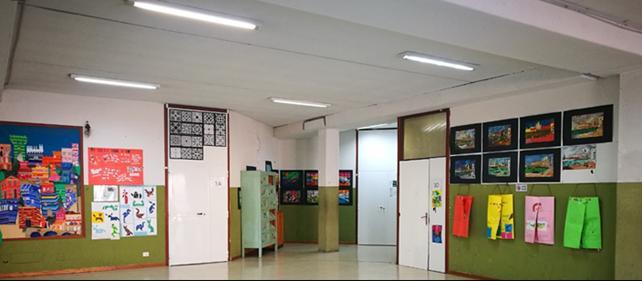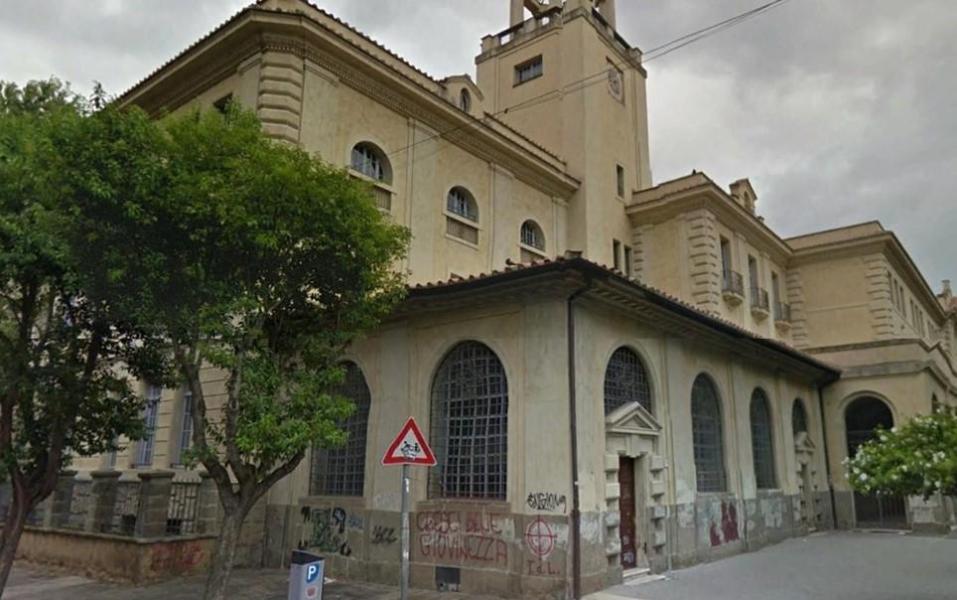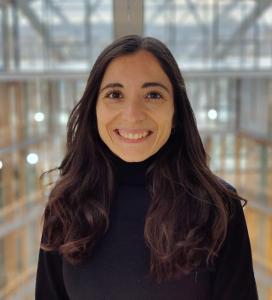A renovation will make over 200 Rome schools more energy-efficient, but first the city needed help planning the massive project
Rome is a city full of history. Its heritage buildings are a true treasure for art lovers and tourists alike, but not so much for students. Many young learners in Rome attend schools in buildings that date back to the nineteenth century. Some of these old schools are rundown, badly insulated, and poorly equipped to face the threats of a changing climate.
This is why the city is embarking on its biggest investment in education renovation for decades, aimed at making over 200 schools more energy-efficient and sustainable. But renovations on the oldest building stock are much harder to do.
“Complex upgrades are particularly difficult” says Linda D’Amico, an architect in the City of Rome Public Works and Infrastructure Office, because antique buildings need to be protected and preserved.
The City of Rome is responsible for a huge number of educational buildings. It has 1 144 nurseries, kindergartens, primary and lower secondary schools.
These schools are by far the biggest energy consumers among Rome’s public buildings, accounting for as much as 95% of total municipal energy consumption. An effective energy efficiency programme could save money and cut carbon emissions. “School buildings are voracious energy consumers,” says D’Amico. “Energy-saving measures can reduce pollution and have an important impact on public budget, thanks to reduced costs for heating and lighting.”
- Read more about energy efficiency retrofitting

The right advice at the right time
The renovation is supported by grants from the Italian government, European Union funds under the Italian national plan for metropolitan cities, which is called PON Metro, and a €150 million credit line approved by the European Investment Bank in February 2023.
The city requested advisory support from the EU bank to devise a plan and make the most of these resources.
“Our comprehensive set of technical, financial and methodological advisory services will help the City of Rome implement and monitor this project in a timely manner,” says Alexander Linke, a senior advisor at the EIB who worked on the project.
That work was useful to city officials.
“The cooperation with EIB Advisory colleagues has helped the City of Rome face its challenges,” says D’Amico. “Their technical assistance has been crucial in translating even smaller building upgrades into lasting improvements to energy consumption, to the environment, and to the welfare of children.”
“It is,” she adds, “a truly win-win collaboration.”
Rome renovation gives old schools new coats
The City of Rome has worked hand in hand with local districts to identify priority buildings with existing energy audits and accessible full information. This way, they can focus on buildings that can be quickly updated, with little disruption to school attendance.
Like many young learners getting new clothing at the beginning of the school year, some of the schools in Rome will get new thermal insulation coats, with high energy efficiency. All the selected schools will get new windows, doors, lighting, updated heating systems. Newer builds will also be equipped with photovoltaics and heat pumps.
‘This is the biggest investment in educational builds in decades. Our partnership with the EU Bank helps the City of Rome step up its climate action for the sake of a green transition that heralds fresh opportunities for cities’, says Roberto Gualtieri, the mayor of Rome.
With this project, Rome aims to slash costs and emissions on its way to becoming net-zero by 2030.
“We are proud to support the City of Rome in this energy transition project through financing and technical assistance,” says Andrea Durante, who worked on the credit line for the European Investment Bank. “The investment will not only have a strong environmental impact, but also a tangible social impact, improving schools from the suburbs to the heart of the city.”

Putting children first
Besides their educational value, schools are important in helping to create community. This is especially true in neighbourhoods on the outskirts of Rome, where schools are convenient places for parents to meet and for children to attend extra-curricular activities and play.
Rome wants to encourage this sense of community by making schools more attractive and welcoming.
“It is time to put children first,” says D’Amico, the city’s architect. “We want to give them a strong signal: they matter.”
- Read more about how Madrid is building green schools for its new suburbs
